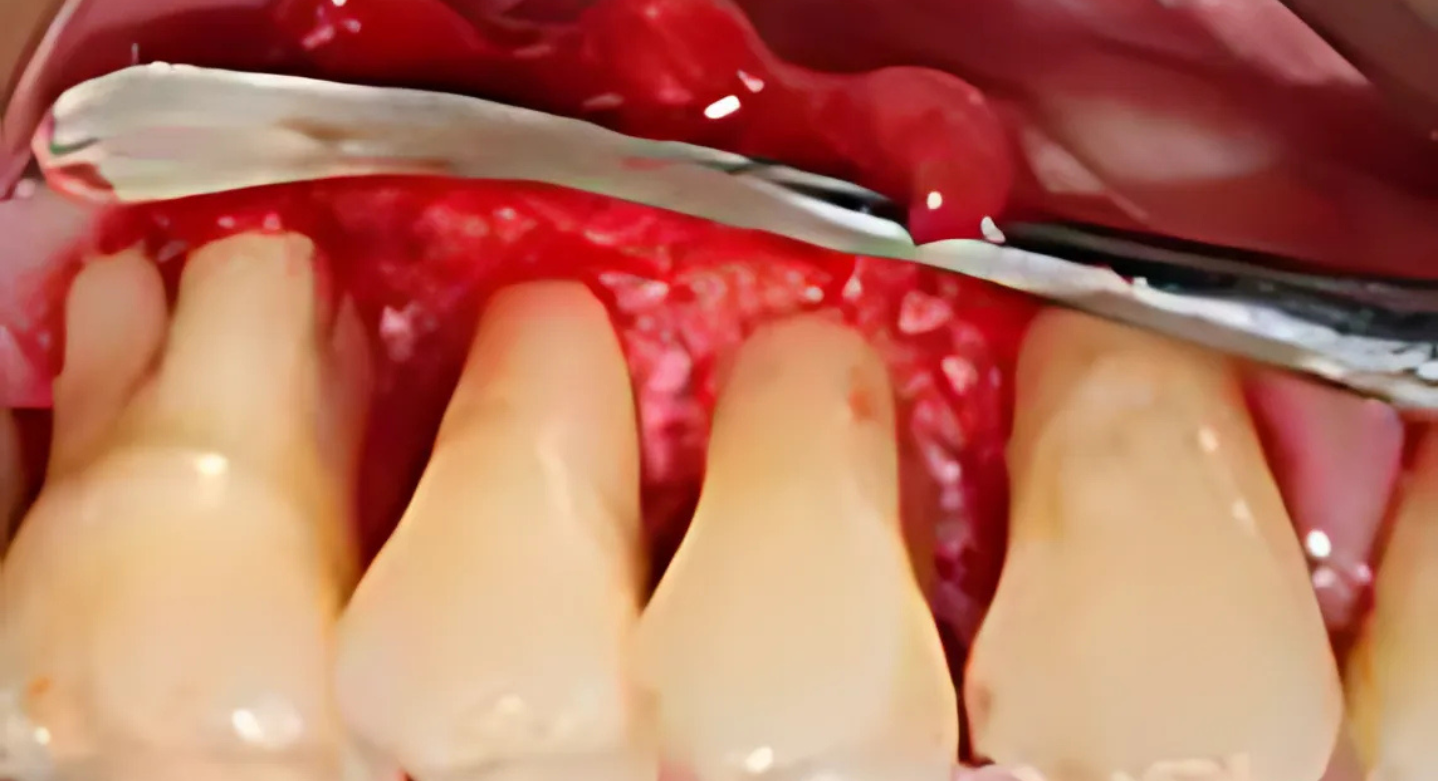Schedule Appointment



Flap surgery is a specialized dental surgery performed to treat severe gum disease and restore oral health. This procedure, also called periodontal flap surgery, involves lifting the gum tissue to remove tartar and bacteria from deep pockets, promoting gum healing. It is a common procedure at Dr. Gowds Dental Hospital, your nearest dental hospital in Hyderabad.

Flap surgery involves gently lifting the gum tissue to access the tooth roots and underlying bone for thorough cleaning and repair. There are different types of flap techniques, such as local, pedicle, and rhomboid flaps—primarily used in broader surgical contexts, not routine gum treatment.

A flap procedure is a technique in which the roots of a tooth are cleaned, and damaged bones due to severe gum disease are repaired. Gingival flap surgery is where the periodontist separates the gums from the teeth and folds them back temporarily. This allows the dentist to reach the root of the tooth and the bone to repair any damage.




It is the removal of plaque and tartar that form on and around the teeth for good oral hygiene.Flap surgery is typically performed under local anesthesia to ensure patient comfort.The doctor pulls back a section of the gums to clean the roots of the teeth and repair the damaged bone. The gum flap is then sutured back and covered with gauze to stop the bleeding.
After the surgery, the bone is smoothed to prevent plaque from growing and a lining is placed on the bone graft to encourage proper healing.A protective membrane may be placed over grafted areas, which is either resorbable or removed in a follow-up visit.
For certain cases, specialized procedures like pilonidal sinus flap surgery, muscle flap surgery, or cross finger flap surgery recovery techniques may be needed.
While periodontal flap surgery is generally safe, some temporary side effects include:
At Dr. Gowds Dental Hospital, we provide expert flap surgery dental treatments with advanced technology and experienced specialists. With personalized care, a high success rate, and state-of-the-art facilities, we ensure the best outcomes for dental surgery.
Many patients experience a dramatic improvement in their gum health after periodontal flap surgery before and after treatment. Healthier gums, reduced inflammation, and stronger teeth are the common results.
Meet our team of experienced dental specialists who are passionate about delivering the best care for every smile.
Stay informed with tips, insights, and the latest trends in dental care.
Most common question that raised in patients
Flap surgery is a periodontal procedure where gums are lifted to remove deep plaque and treat gum infections, helping restore oral health.
Dental flap surgery cost will vary with the extent of gum disease and complexity of treatment. Feel free to get in touch with us for an estimate.
Possible dental flap surgery side effects include mild swelling, sensitivity, and temporary discomfort that subsides with proper care.
In flap plastic surgery, the gum is lifted and cleaned to ensure effective reshaping and healing while sutured back.
Visit the nearest branch for easy and quality dental care
Survey no. 59, Plot No: 25, Fantasy Square,
T9/T8, 3rd Floor, 1 & 2 I, Gachibowli, Hyderabad,
Telangana 500032 View Page
Flat No. 402, Above Karachi Bakery Opp .
Pizza Hut, Hi-tech City, Madhapur, Hyderabad,
Telangana 500081 View Page
Opp. Clock Tower, above Rajkamal Book Centre,Sultan Bazar,
Koti, Hyderabad, Telangana 500095
Official Website: View Page
1st floor, Dr. Gowds Dental Hospital, 103,
Narsing Nanakramguda Service Rd,
Puppalguda, Hyderabad,
Telangana 500089
View Page
